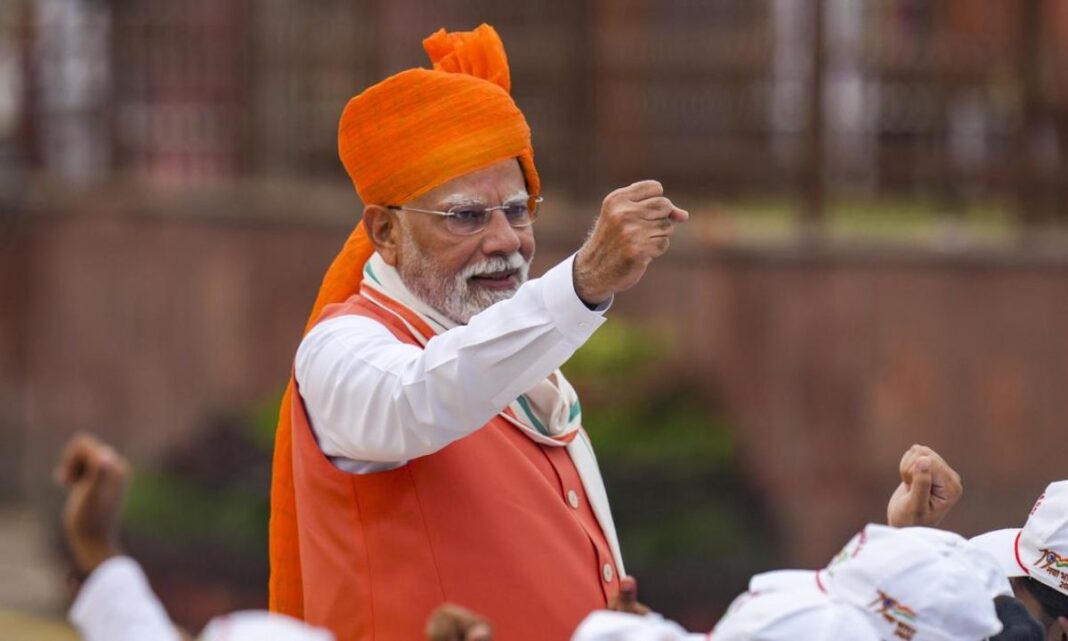Delhi, India | August 15, 2025 — Prime Minister Narendra Modi on Thursday announced the ambitious Mission Sudarshan Chakra, aimed at developing an indigenous aerial defence system by 2035. Named after Lord Krishna’s mythological shield, the system is designed to provide comprehensive security for both strategic and civilian areas across India.
The PM highlighted that the Sudarshan Chakra system will protect vital infrastructure, including hospitals, railways, power plants, and key faith centres. The initiative is part of India’s broader push to strengthen its defence capabilities and reduce dependency on foreign technology in critical security sectors.
Mission Goals and Timeline
According to officials, the mission is expected to be operational within the next ten years, with phased development and testing. By 2035, India aims to have a fully functional, homegrown aerial shield capable of intercepting multiple threats, including missiles, drones, and aircraft intrusions. The project will combine cutting-edge radar systems, artificial intelligence, and automated interception technologies to ensure real-time threat detection and neutralization.
PM Modi emphasized that the system is not just a defence tool but a strategic asset to safeguard citizens and essential infrastructure. “Mission Sudarshan Chakra will act as a protective umbrella over our cities and critical installations, ensuring safety and resilience against aerial threats,” he said.
Indigenous Development and Collaboration
The mission will leverage India’s defence research capabilities, including DRDO (Defence Research and Development Organisation) and leading aerospace and AI technology firms. Collaborative research with Indian universities and private sector defence innovators is expected to accelerate the development process. The government plans to encourage public-private partnerships to ensure cost-effective and timely execution.
Experts note that the Sudarshan Chakra system could place India among the select nations with advanced aerial defence infrastructure capable of protecting both urban and strategic assets comprehensively. Analysts also suggest that such a system may act as a deterrent against regional security threats while reinforcing India’s commitment to self-reliance in defence technologies.
Civilian Protection and Strategic Importance
Beyond military applications, the Sudarshan Chakra will provide added security for densely populated areas, major transportation hubs, and vital institutions. The integration of AI-driven threat detection and automated response is expected to reduce human error and ensure swift action during emergencies.
PM Modi also stressed the symbolic significance of the name: “Sudarshan Chakra is inspired by our rich cultural heritage, representing protection, strength, and vigilance. It reflects our commitment to safeguarding the nation with the best of science and tradition combined.”
As India moves closer to operationalising the system, stakeholders from defence, technology, and governance sectors will monitor progress closely. The project is expected to set new benchmarks for indigenous defence solutions and inspire future innovations in aerial security.
With Mission Sudarshan Chakra, India aims to demonstrate technological prowess, strategic foresight, and a citizen-first approach in securing its skies by 2035.


